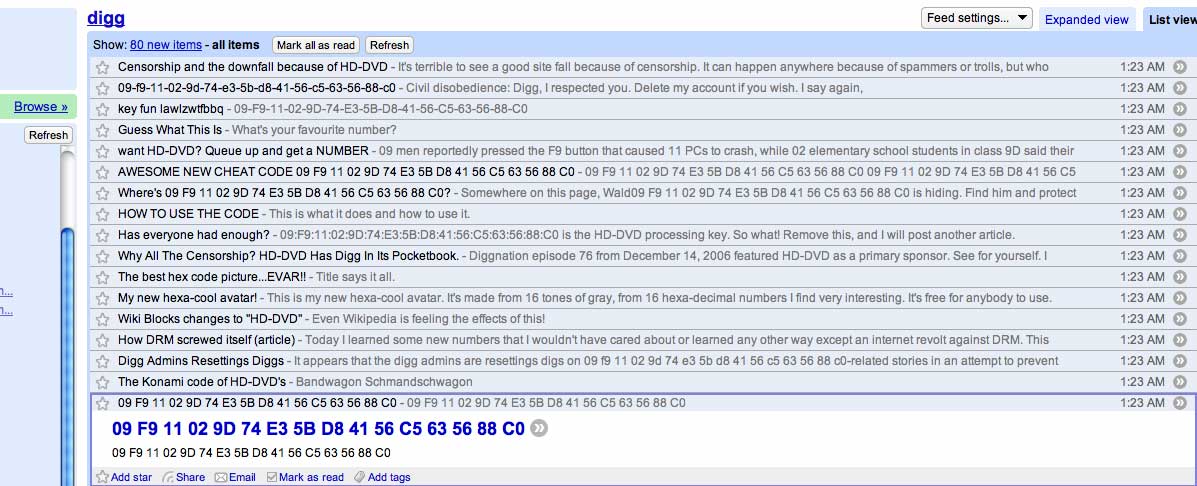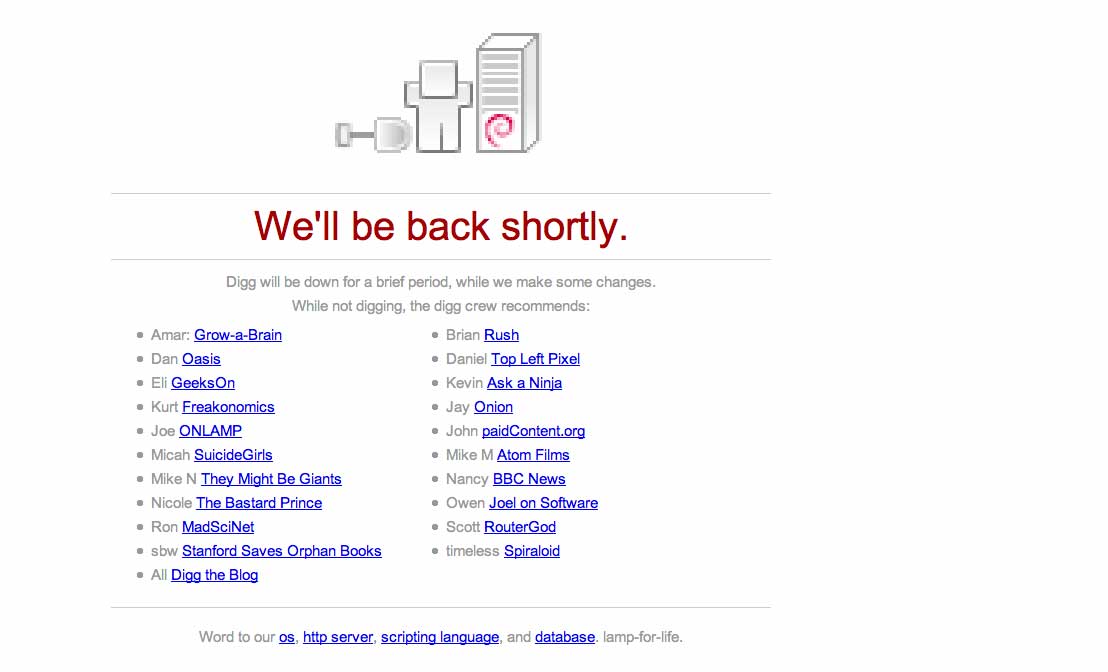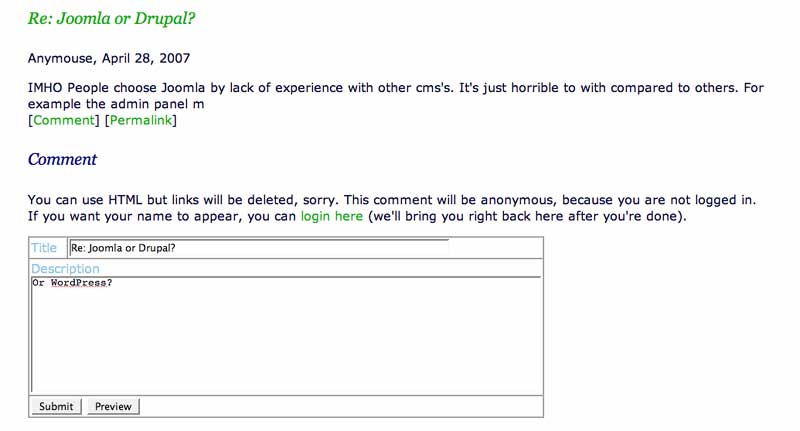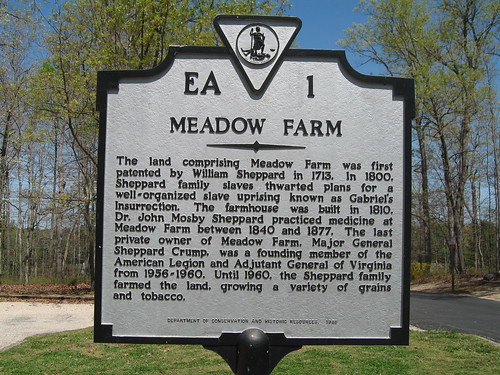
D’Arcy Norman has already announced the (MAC) Learning Environments presentation that will take place this Wednesday, April 25, 1:00pm EST (10:00am Pacific, 11:00am Mountain, etc…). D’Arcy, Brian Lamb, and Alan Levine will be re-visiting some of the generative ideas from their 2004 presentation “Small Pieces Loosely Joined” (you can see the archived wiki here) that was premised on framing a learning environment using decentralized, web-based tools -even before K2 was widetized for WordPress! If you want some additional information about the presentation, or are already sold and just want to sign up for this completely free and open presentation, go here.
Now, to set the record straight (I do this a lot), these three guys owed me on account of a little wager I placed for them on the Chicago WhiteSox back in 1919. So now, as a result of their rigged misfortune, they have to slum a bit. Their lack of options aside, I am extremely excited to take my five or ten minute portion of the jam to act as a stand-in for the hard working folks at Mary Washington’s DTLT (and UMW more generally) whom, through the leadership over the past year-and-half of Martha Burtis and Gardner Campbell, have taken the small tools loosely joined philosophy and ran full speed ahead with it. So, to quote Lee Harvey, “I’m just a patsy!”
In hopes that the MAC folks -those geniuses!- would want to see the possibilities of online learning environments, I took some familiar tools (and a snazzy new rug that really ties the room together! -thanks Andy Rush) to frame out a space where intensely open, connected and social learning could happen. Moreover, all of this within the framework of open source applications like WordPress, WPMU, and MediaWiki, applications that play nice with Web 2.0 services such as flickr, del.icio.us, twitter, etc. That’s right, start with a little open source then pull in some open content, and we got ourselves the beginnings of a learning environment that is closely modeled upon the small tools loosely joined philosophy.
The site for the presentation can be found here, and I invite any and every one to join in on the fun. The idea is that this is going to be a classroom/learning environment, and let’s pretend the course is on “Web 2.0.” Now all you have to do is get in there and offer up some content. It’s easy. Here’s how:
- Create a blog here
- Play around a bit with over 25 attractive themes in the presentation tab
- Add in some videos or music from your favorite online services (like YouTube, Revver, etc.) by testing out the Anarchy Media Playerlook. Simply look for the yellow A on the text editor toolbar and copy in the relevant url.
- If you’re still bored, you can always add a flickr stream, del.icio.us bookmarks, recent tweets, etc. using your sidebar widgets. And presto, your hard work over the past months is already there waiting for everyone during the presentation.
- Not impressed? Well, the wiki is also wide open, so feel free to frame out my portion of the discussion for me while you’re too busy being underwhelmed

I can’t offer you much in the way of fame and fortune for testing it out. But maybe I can convince you all by stressing the fact that any and all examples of a dynamic, open source learning environment that plays well with the Web 2.0 services we have all come to know and love is well worth collaboratively testing out and highlighting for corporate entities that are used to hand delivering the “next, best thing!” The work we are doing is not about companies, it is about people and the importance of keeping the highly socialized connections amongst us open and free. So take a few minutes and give it a test drive, it won’t be used as some lame advertisement, and it shouldn’t be any worse than having a tooth pulled -I promise!









